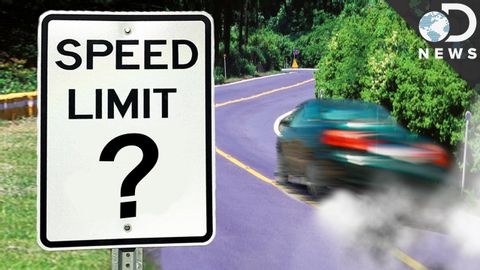
Subtitles & vocabulary
How Do We Decide Speed Limits?
00
噹噹 posted on 2016/05/10Save
Video vocabulary
effort
US /ˈɛfət/
・
UK /ˈefət/
- Uncountable Noun
- Amount of work used trying to do something
- A conscious exertion of power; a try.
A2TOEIC
More stretch
US /strɛtʃ/
・
UK /stretʃ/
- Verb (Transitive/Intransitive)
- To make your arm, leg muscles long to ease them
- To make something bigger by pulling on it
- Noun
- Making arm, leg muscles longer to ease them
- A consecutive row of things
A2TOEIC
More tend
US /tɛnd/
・
UK /tend/
- Intransitive Verb
- To move or act in a certain manner
- Transitive Verb
- To take care of
A2
More account
US /əˈkaʊnt/
・
UK /ə'kaʊnt/
- Noun (Countable/Uncountable)
- An advantage
- Arrangement with a bank to keep your money for you
- Intransitive Verb
- To give a satisfactory explanation for something.
A1TOEIC
More Use Energy
Unlock All Vocabulary
Unlock pronunciation, explanations, and filters
